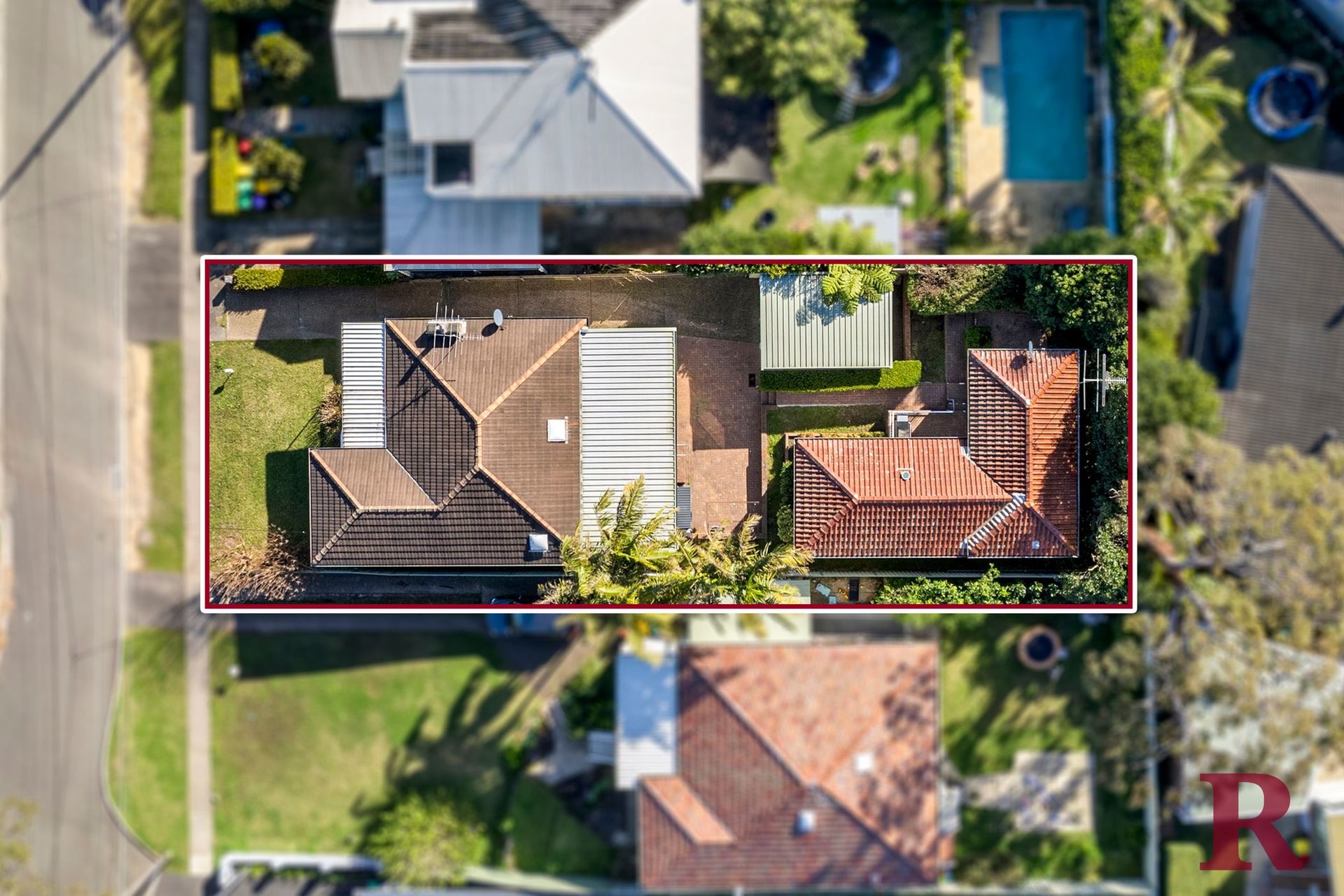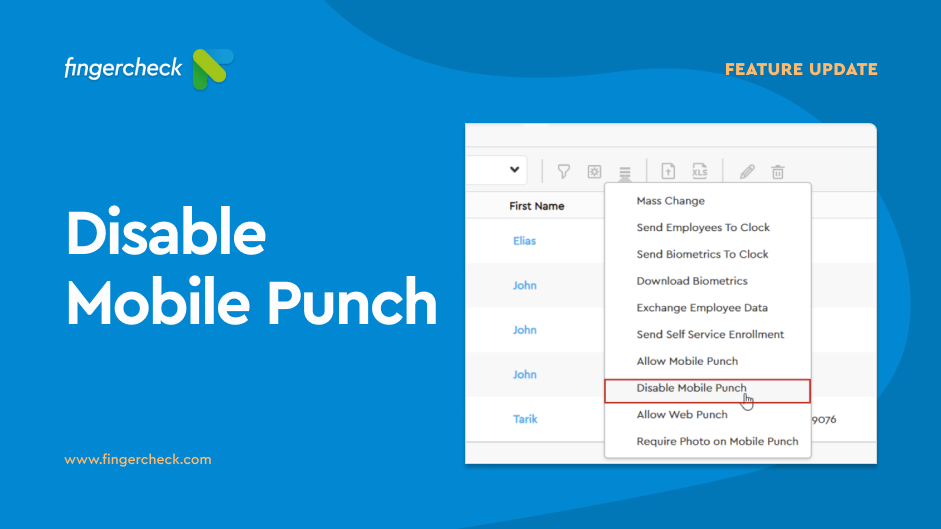
In Keyboard typing, the maximum number of collectable gold medals is 80. A gold medal will be received after 10 completed rounds. You'll get a bronze medal when you complete a level 2 times and a silver medal after 5 completed rounds. The maximum number of points (80 knowledge points) is achieved when you pass all 80 levels. These titles are available, with the number of strikes in parentheses:Ĭalculation of knowledge pointsEach completed game level gives 1 knowledge point in Keyboard typing. When you complete a round, you will receive a title based on how many keys you typed. You can play with other keyboard layouts, but the guide, that indicates where the letter is on the keyboard, can be somewhat misleading with a different layout than QWERTY. This game is optimized for an English Qwerty keyboard layout.

When you complete a sentence, the next will be revealed. Write the sentence as soon as it appears. If you make a mistake, the correct key will be marked below. When you finish a word, the next will be revealed. Write the everyday words as soon as they arise. If wrong key is pressed, the correct digit will be marked. When you pass a number, a new will be shown. Write the words as soon as they appear.Įnter the numbers as they come up. Practise words with letters from both the home row and the lower row.

If you make a mistake, the correct key will be marked. Practice words with the keys on the upper row. If you press the wrong key, the correct will be highlighted. Enter the letters as soon as they appear. Practice all the keys on the home row where you have your fingers in the default position. If you type an error, the correct key is displayed. Practice words of the home row keys that your fingers hover above. Enter the letters as soon as they are shown. Practice groups of the home row keys that your fingers rest on when not typing. This game level is available only at the initial speeds. the keys your right hand should be used to press. Write groups of letters from the right part of the home row, i.e. the keys your left hand should be used to press. Write groups of letters from the left part of the home row, i.e. If you press the wrong letter or key, the correct key is displayed. Write groups of letters from the keys your right hand rests on in the starting position.

Write groups of letters from the keys your left hand rests on in the starting position. The following types of touch typing games are available:

Keyboard training is rarely fun, but in these games you will have fun and also practice the correct fingering on the keyboard. If the standard is changed, all touch typists would have to relearn and spend a considerable number of hours training for the new layout.Here you may practice typing on the English computer keyboard (including tablet and mobile) with many different game levels for free. Though the standard QWERTY keyboard is said to have room for improvement in terms of speed and ease of typing, it is said that this change has been resisted by touch typists everywhere because of familiarity. The design of the QWERTY keyboard, for the English language, ensures that letters that are commonly pressed or used in succession are as far away as possible to promote speed and the use of both hands, thereby distributing strain to all fingers rather than just a few. On most modern keyboards the home keys for each index finger have a raised bar or dot to help the touch typist to maintain and recover the correct position of the fingers on the keyboard quickly without having to look at the keys.Įach finger of each hand has dedicated keys assigned to it which it can easily reach. Touch typing is done using a standard QWERTY keyboard with the hands placed at a starting location, called the "home row keys." The home row keys for the left hand are the "ASDF" keys, and are "JKL " for the right hand. Touch typing was said to have been invented by a court stenographer from Salt Lake City, Utah named Frank Edward McGurrin in 1888 while teaching typing classes.


 0 kommentar(er)
0 kommentar(er)
